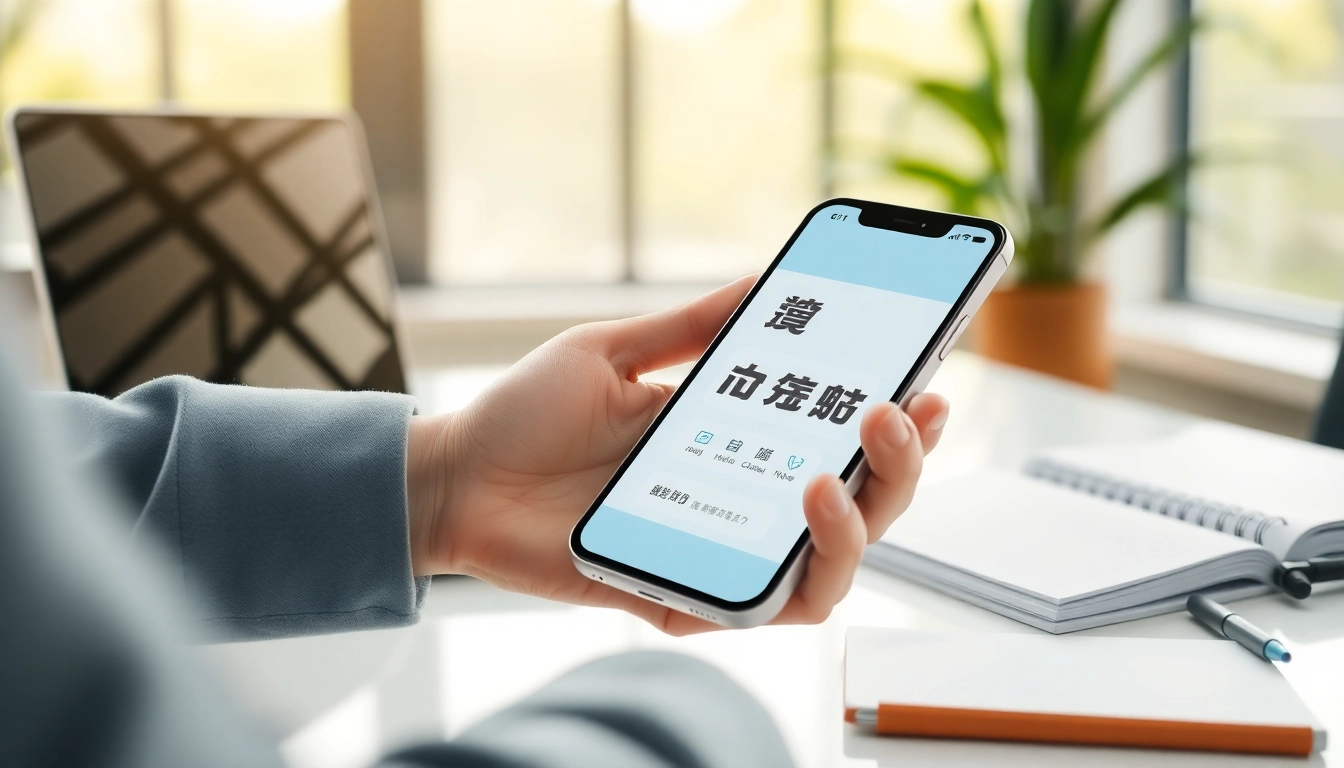In the age of digital communication, the role of visual elements in enhancing user interaction cannot be overstated. Among these visual elements, icons have emerged as crucial tools for effective communication, helping to convey messages quickly and clearly. Icons serve as a universal language that transcends linguistic barriers, simplifying complex ideas and enhancing usability across various platforms. This article delves deep into the concept of icons, exploring their types, design principles, integration methods, and future trends, ultimately equipping you with comprehensive knowledge and actionable insights to leverage icons effectively in your projects.
Understanding Icons: Definition and Importance
What are Icons?
Icons are graphical representations of concepts, functions, or commands that are easily recognizable and universally understood. Typically, they consist of simple images or symbols that represent a particular idea or action. Icons can be found in various forms across digital and physical environments, from application interfaces and websites to signage and manuals. Their design often relies on cultural connotations and common understanding, ensuring that users can interpret them without additional context.
The Role of Icons in Design
Icons serve multiple roles in design, including:
- Visual Communication: Icons condense complex messages into digestible visuals, enabling swift comprehension.
- Guidance: They direct users to specific actions, simplifying navigation and enhancing user experience.
- Aesthetic Appeal: Well-designed icons contribute to the overall aesthetics of the interface, making it visually appealing and modern.
- Brand Identity: Custom icons can reinforce brand identity, establishing continuity and recognition across various platforms.
Benefits of Using Icons
The adoption of icons in design offers several advantages:
- Improved Usability: Icons enhance interface usability by allowing users to quickly locate tools or information.
- Enhanced Learning: Users can learn faster with visual cues as icons reduce cognitive load.
- Language Independence: Icons facilitate understanding in a multicultural context, bridging language gaps.
- Increased Engagement: Visually appealing icons can draw user interest, making interfaces more engaging.
Types of Icons and Their Uses
Static vs. Animated Icons
Icons can primarily be categorized into two types: static and animated. Static icons are the most common form, providing a fixed representation of an idea or action. They are often simple images depicting objects, actions, or concepts. Animated icons, on the other hand, incorporate motion to convey information dynamically. They can guide user interaction, illustrate processes, or enhance storytelling within digital content.
Icons Across Different Platforms
Icons are integral to various platforms, including:
- Websites: Icons improve navigation and functionality by clearly indicating actions like downloads, sharing, or connection.
- Applications: Mobile and desktop applications use icons to represent features, tools, or settings, ensuring an intuitive user experience.
- Signage: Icons in public spaces communicate important information effectively, alerting users with minimal text.
Choosing the Right Icon Type
Selecting the appropriate type of icon depends on the context and needs of the user. Considerations include:
- Functionality: Determine whether the icon is meant to represent an action, an object, or information.
- Context: Assess the environment in which the icon will be used to ensure cultural appropriateness and visual clarity.
- Consistency: Maintain a consistent style across icons to provide a cohesive design experience.
Designing Effective Icons
Best Practices for Icon Design
Creating effective icons requires adherence to several design best practices:
- Simplicity: Icons should be simple and easy to understand at a glance. Avoid overcomplicating designs.
- Scalability: Design icons in a manner that they retain clarity and recognition across various sizes.
- Visual Hierarchy: Establish visual hierarchy in designs to guide users in interpreting icon significance.
- Test with Users: User testing helps ensure icons effectively communicate their intended messages.
Color Schemes and Iconography
The color scheme of icons can significantly affect their performance and reception:
- Contrast: High-contrast colors ensure visibility, making icons easily recognizable.
- Branding: Integrate brand colors into icon designs to enhance brand identity and continuity.
- Emotion: Different colors evoke distinct emotions; select colors that align with the message of the icon.
Tools for Creating Icons
There are several software tools available for designing icons:
- Adobe Illustrator: Comprehensive graphic design tool favored for vector-based icon design.
- Figma: A collaborative design tool allowing real-time editing, ideal for team projects.
- Sketch: Popular among UI designers for its ease of use in creating and exporting icons.
- Canva: A user-friendly design platform offering various templates for quick icon creation.
Integrating Icons in Your Projects
Icons in Web and Application Design
Integrating icons into web and application design involves thoughtful placement and consideration:
- Menu Icons: Utilize icons in navigation menus for quicker access to different site sections or app features.
- Action Buttons: Enhance buttons with icons to provide immediate visual cues for user actions.
- Content Curation: Use icons to categorize content, making it easy for users to navigate and explore.
Common Mistakes to Avoid
When integrating icons, be mindful of potential pitfalls:
- Overuse: Avoid cluttering the interface with too many icons that can overwhelm users.
- Inconsistent Style: Maintain a unified icon style to prevent confusion and ensure a cohesive design.
- Lack of Context: Ensure icons are accompanied by labels or context when necessary to avoid ambiguity.
Using Icons for Enhanced User Experience
Effective use of icons can lead to significant improvements in user experience:
- Accessibility: Design icons with accessibility in mind, using ALT text and ensuring color contrast.
- Feedback: Implement icons to provide immediate feedback (e.g., loading icons) to reinforce interaction.
- Guidance: Use icons during onboarding processes to guide new users through the interface.
Future Trends in Icon Design
Emerging Design Styles
Icon design is evolving, with several emerging trends that showcase innovation and creativity:
- Minimalism: The trend of simplistic designs focusing on essential elements while maximizing usability.
- Geometric Shapes: Utilizing geometric shapes creates a modern and mathematical aesthetic that appeals to users.
- Flat Design: This style emphasizes the use of two-dimensional elements and avoids gradient and 3D designs.
Technological Influences on Icons
Technological advancements are shaping how icons are created and used:
- Responsive Icons: Icons that adapt to different screen sizes and resolutions for improved usability and design.
- Voice Interaction: As voice commands evolve, icons may facilitate quicker command recognition and execution.
- Augmented Reality: Icons are beginning to be used in AR applications, creating new dimensions for user interaction.
Predictions for Icon Utilization
As our reliance on digital interfaces grows, the demand for well-designed icons will only increase. Predictions include:
- Increased Personalization: Users will expect icons that reflect their preferences and behaviors.
- Greater Integration with AI: Icons will likely incorporate AI functionalities, customizing user experiences based on behavior.
- Expanded Use in Emerging Technologies: As new platforms and technologies emerge, icons will diversify in application and design.



